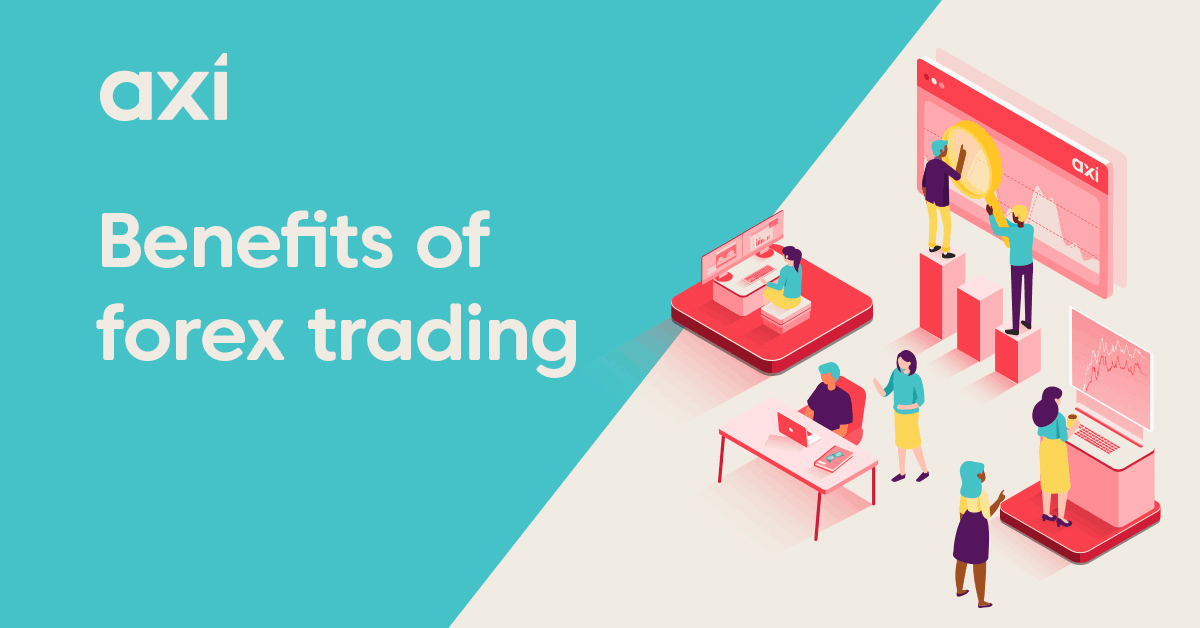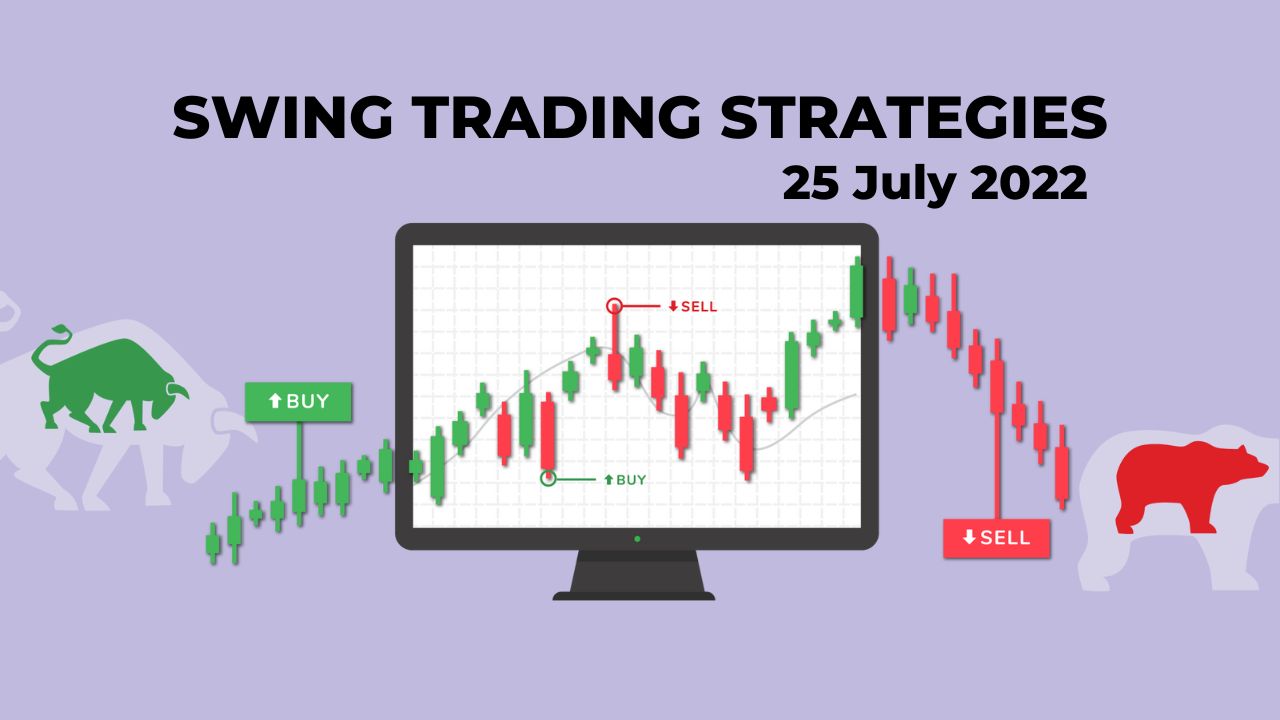
Online trading offers many benefits. Online trading helps you not only increase your knowledge of financial markets but it also helps to manage your money. This will ensure that you are protected from unauthorised third parties. Another advantage of online trading is that you can learn to make predictions about the behavior of the market and the movements of stock prices. Besides, as an online trader, you have to take full responsibility for your personal finances. In addition, you may gain experience in identifying profitable investment opportunities.
Unrestricted, commission-free trading is a win in capitalism
Although free trade sounds great in theory, in practice it can lead to bad behavior. This is especially true for commission agents, who often get little or no compensation for their services. Instead of investing their money in a company that will inevitably go under in the future, they may make poor investment decisions in the short-term. Investors will see a significant improvement in this system by eliminating the fees and commissions associated with free trade.

Trades at a lower cost
HFT can be used to reduce trading costs in the stock exchange. HFT continuously monitors the markets and aligns prices across venues. This approach lowers the number and cost of explicit trading costs. For example, trading costs for stocks with a low price will cost investors more than a similar trade in a high-priced stock. In this article, we will discuss what HFT can do for your investment portfolio.
Immediacy
An immediacy in trading benefit is the speed at which large transactions and orders can be executed in a market. The liquidity of a market is also measured by its immediacy. If it is low, it implies that the market is not liquid enough to quickly process large transactions. On the other hand, a high immediacy rate means that the market is well-liquid. This means that traders and market makers both benefit from rapid price movements.
Fixed lot size
Fixed lot size is claimed by traders to be a trading benefit. It provides stability and steady growth. By using the same lot size every trade, traders can see stable growth and lower stress levels. Some traders, however, may prefer a more flexible approach. For example, they might use a certain amount of their account size to increase the size of their position. This can result in a greater account size and more geometric growth, but it also means that accounts will lose money faster.

Automated order execution
There are many benefits to automated order execution for trading. This allows traders the ability to execute large quantities of orders efficiently. It can manage multiple accounts using different trading strategies. Automated trading systems can help you diversify risk and book precise profits. Automated trading systems are able to execute trades in milliseconds. These benefits are obvious. Automated order execution can help you maximize your profits whether you're a seasoned trader, or if this is your first time trading.
FAQ
What Is a Stock Exchange?
A stock exchange is where companies go to sell shares of their company. This allows investors to buy into the company. The market determines the price of a share. It usually depends on the amount of money people are willing and able to pay for the company.
Companies can also get money from investors via the stock exchange. Investors give money to help companies grow. This is done by purchasing shares in the company. Companies use their money as capital to expand and fund their businesses.
There can be many types of shares on a stock market. Some are called ordinary shares. These are most common types of shares. These are the most common type of shares. They can be purchased and sold on an open market. The prices of shares are determined by demand and supply.
Preferred shares and debt security are two other types of shares. When dividends are paid, preferred shares have priority over all other shares. The bonds issued by the company are called debt securities and must be repaid.
How are securities traded
Stock market: Investors buy shares of companies to make money. Investors can purchase shares of companies to raise capital. Investors then resell these shares to the company when they want to gain from the company's assets.
The price at which stocks trade on the open market is determined by supply and demand. The price of stocks goes up if there are less buyers than sellers. Conversely, if there are more sellers than buyers, prices will fall.
There are two methods to trade stocks.
-
Directly from the company
-
Through a broker
Are bonds tradable?
Yes, they do! Bonds are traded on exchanges just as shares are. They have been doing so for many decades.
The difference between them is the fact that you cannot buy a bonds directly from the issuer. They must be purchased through a broker.
This makes it easier to purchase bonds as there are fewer intermediaries. This means that you will have to find someone who is willing to buy your bond.
There are many different types of bonds. Some pay interest at regular intervals while others do not.
Some pay quarterly, while others pay interest each year. These differences make it easy compare bonds.
Bonds are a great way to invest money. For example, if you invest PS10,000 in a savings account, you would earn 0.75% interest per year. If you invested this same amount in a 10-year government bond, you would receive 12.5% interest per year.
If you put all these investments into one portfolio, then your total return over ten-years would be higher using bond investment.
Statistics
- For instance, an individual or entity that owns 100,000 shares of a company with one million outstanding shares would have a 10% ownership stake. (investopedia.com)
- US resident who opens a new IBKR Pro individual or joint account receives a 0.25% rate reduction on margin loans. (nerdwallet.com)
- "If all of your money's in one stock, you could potentially lose 50% of it overnight," Moore says. (nerdwallet.com)
- Even if you find talent for trading stocks, allocating more than 10% of your portfolio to an individual stock can expose your savings to too much volatility. (nerdwallet.com)
External Links
How To
How to create a trading strategy
A trading plan helps you manage your money effectively. It allows you to understand how much money you have available and what your goals are.
Before creating a trading plan, it is important to consider your goals. You may want to save money or earn interest. Or, you might just wish to spend less. If you're saving money you might choose to invest in bonds and shares. If you earn interest, you can put it in a savings account or get a house. And if you want to spend less, perhaps you'd like to go on holiday or buy yourself something nice.
Once you know what you want to do with your money, you'll need to work out how much you have to start with. This will depend on where and how much you have to start with. You also need to consider how much you earn every month (or week). Your income is the amount you earn after taxes.
Next, make sure you have enough cash to cover your expenses. These include bills, rent, food, travel costs, and anything else you need to pay. Your total monthly expenses will include all of these.
Finally, you'll need to figure out how much you have left over at the end of the month. This is your net discretionary income.
Now you've got everything you need to work out how to use your money most efficiently.
To get started, you can download one on the internet. You could also ask someone who is familiar with investing to guide you in building one.
Here's an example.
This displays all your income and expenditures up to now. It also includes your current bank balance as well as your investment portfolio.
Here's an additional example. This was created by a financial advisor.
This calculator will show you how to determine the risk you are willing to take.
Remember: don't try to predict the future. Instead, be focused on today's money management.